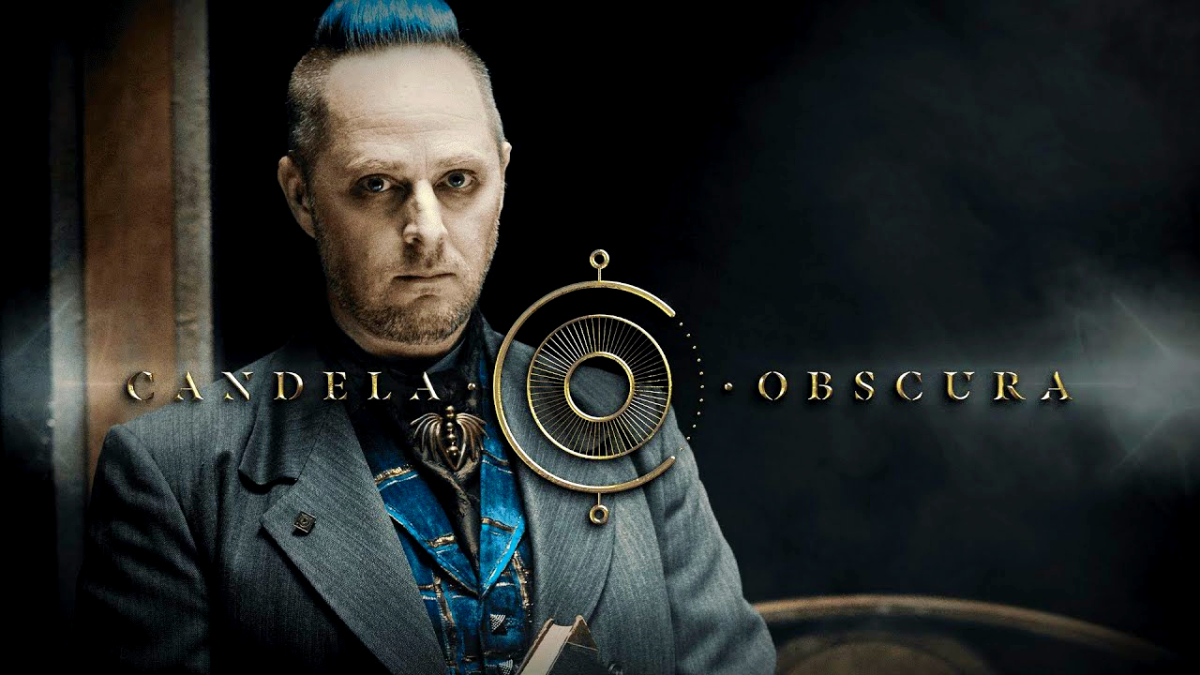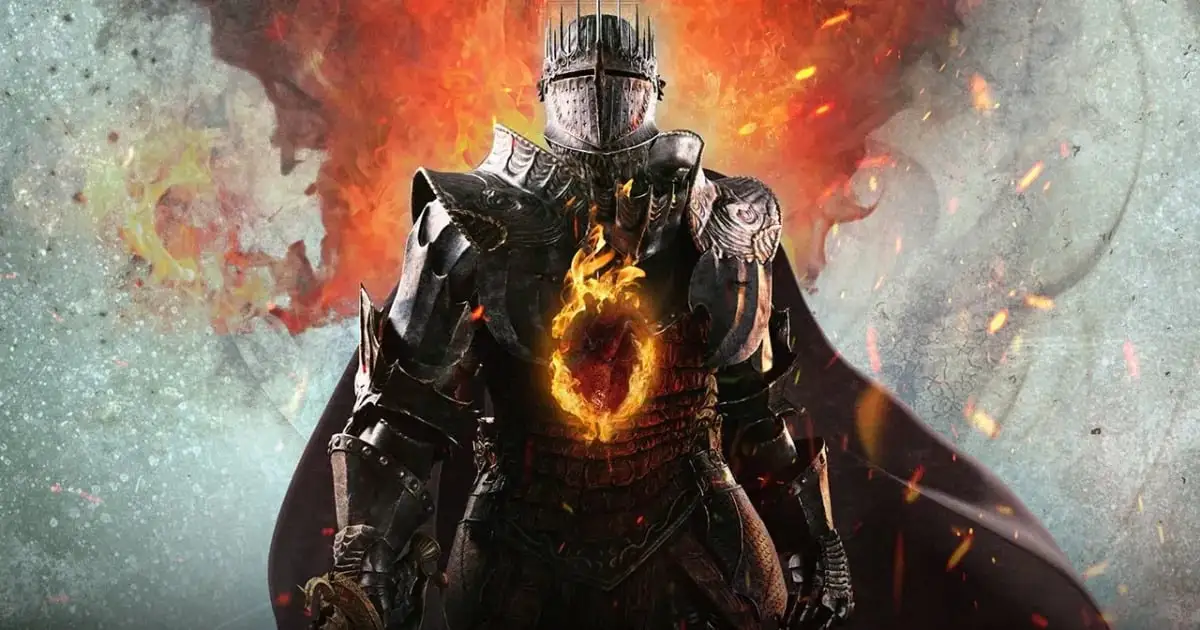Six months after a devastating explosion of one of its rockets, SpaceX rebounds with a major triumph – the landing of the reusable Falcon 9 on land in one piece.
Not deterred by the explosion of its spacecraft on the way to the International Space Station six months ago, SpaceX launched an upgraded Falcon 9 last night, saw it deploy 11 400-pound communication satellites, AND land its first stage booster on solid ground about 10 minutes later.
In previous missions, SpaceX had unsuccessfully attempted to land the reusable booster on a barge in the ocean. The successful return to land this time was a first for an orbital rocket, and the second for a rocket of any kind. Blue Origin did it last month.
The launch and landing were spectacular to watch, as I live right across the Indian River from the Space Center. After the flawless launch, the rocket headed skyward to deploy the satellites. The first stage separated and then started it’s descent back to Earth. It did a burn to slow its fall, then used cold jets to get proper orientation to land. As it descended at the speed of sound, it let loose two loud sonic booms, similar to what the Space Shuttle did as it slowed its glide back to Earth in preparation for landing.
The stage then deployed four struts for landing stability and increased the burn to slow to a safe landing velocity. And voila, history was made. The stage landed at 11 minutes after launch.
Also, SpaceX had the second stage do a controlled burn to let in burn up in the atmosphere as opposed to becoming more space junk.
Blue Origin founder Jeff Bezos tweeted congratulations to the SpaceX team, welcoming them to the booster landing club, although Slate writer Phil Pliat noted that the SpaceX accomplishment was much more difficult to achieve than what Blue Origin’s New Shepard rocket did.
He specifically called the booster “suborbital,” equating it to the New Shepard. However what SpaceX did was far more technically difficult. The New Shepard went straight up and down, with no sideways velocity. The Falcon 9 first stage was moving eastward very rapidly, about 6,000 kph (3,600 mph). It had to slow, come back west, and then land. And mind you, it also successfully boosted the second stage with the payload of 11 satellites as well. What Blue Origin did was fantastic, but nothing like what happened Monday night with SpaceX.
After the booster is inspected, repaired and cleaned, it will be used again in a future SpaceX launch. SpaceX also hopes to test it’s Falcon Heavy rocket – three Falcon 9s strapped together – which is expected to provide enough lift for manned space flight. NASA has ordered a manned trip from SpaceX to deliver astronauts to the ISS in 2017.
Source: Slate



